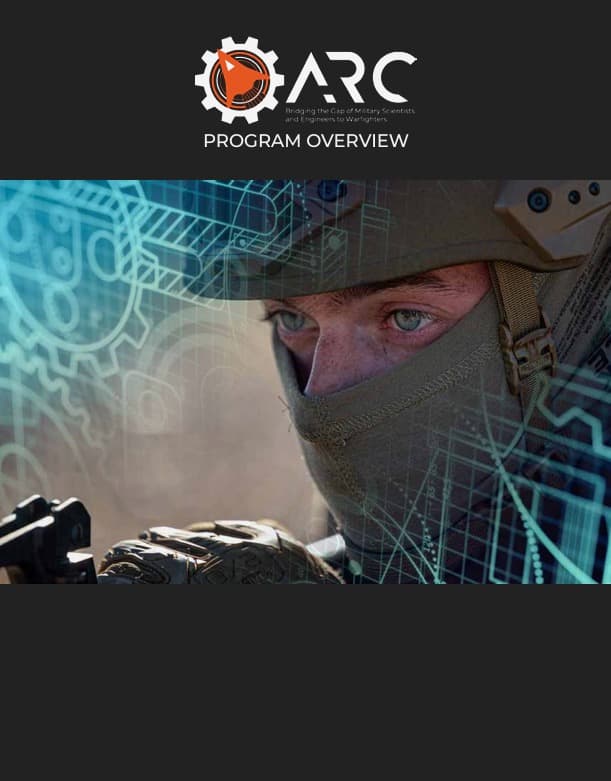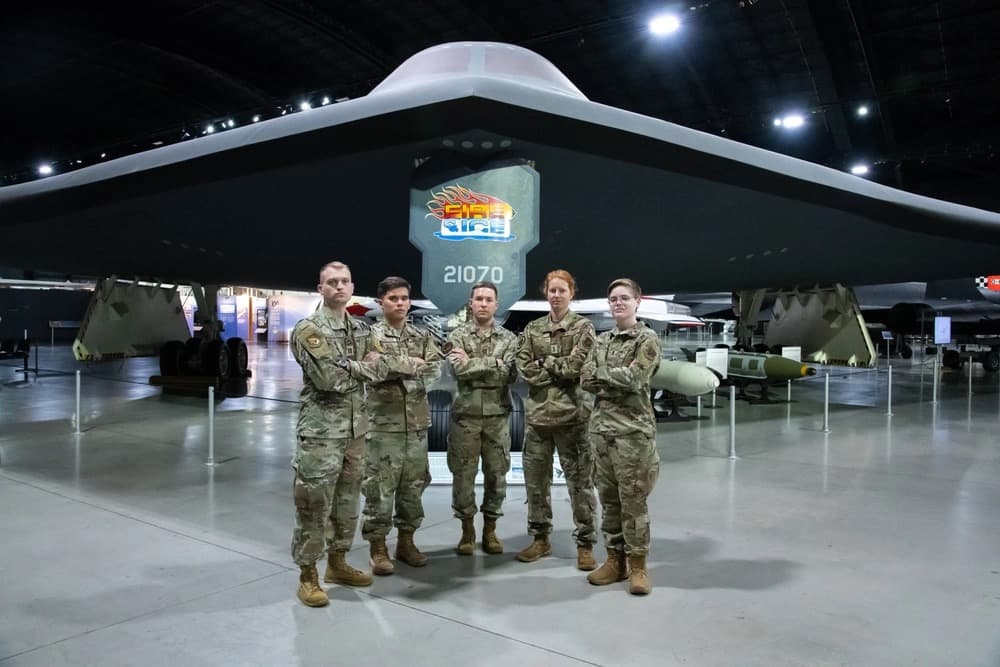IMPORTANT UPDATE: Effective 1 October 2025, SBIR/STTR program authorization has expired. New activity is paused; ongoing awards remain valid. Awardees are encouraged to contact their TPOCs and contracting officers with questions regarding active awards.
Project Arc is a grassroots effort that embeds innovation directly within operational units to ensure lethality and readiness.
The initiative places scientists, engineers, and technologists in six-month rotations, where they work directly with Airmen and Guardians to rapidly solve the technical challenges encountered in the field. This ensures that technological advancements are quickly tested and integrated into mission critical environments, preparing our forces for the demands of modern conflict while keeping mission operations uninterrupted.
Regardless of education or specialized training, Project Arc technicians share core characteristics:
- Passionate to develop and deliver tailored disruptive innovations to warfighters
- Devoted to exploring the depth of science and technology for solutions
- Committed to getting their hands dirty side-by-side with operators
- Selflessly going the extra mile to arm the warfighter, not for personal gain, but for victory and defense of our children, families, and nation
Hear it from our alumni
Should I Apply?
Project Arc is redefining the way we employ uniformed Scientists & Engineers (S&Es) in the Air Force and Space Force.
Do you have what it takes to provide tailored, technical solutions for unique Operational problems and adversarial technological deployments, now and in future conflict?
Requirements:
- Eligibility Requirements:
- Officers-Any AFSC
- Enlisted-Any AFSC
- Commander concurrence
- Scientists, Technologists, Engineers (STEs) able to deploy:
- 6-month TDY
- Embed within Operational Wing to directly address challenges in the field combating adversarial deployment
- Current on all deployment requirements
- Tinkerers who love figuring out why things work
Apply Now
JOIN A TEAM OF GRASSROOTS AIRMEN WHO BELIEVE IN YOUR CAPABILITY TO TRANSFORM THE AIR FORCE.
Apply NowContact Us
Contact us at: ProjectArc@us.af.mil


